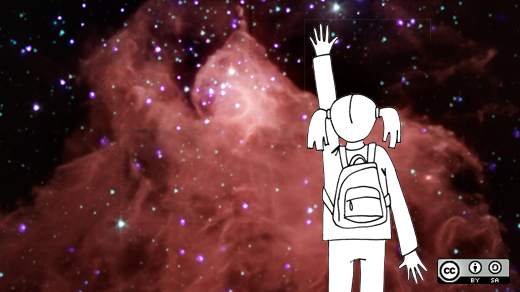How can educators find and use OER in their classrooms?
About CC, Open EducationLet’s start the school year right!
Open education is at the core of our work and with many countries going back to school this week, we wanted to kick off our #backtoschool week some more practical advice about how you can use open educational resources in your classroom. From textbooks to courses to entire degree programs, the OER movement has your back with free, CC licensed materials that will help your students access and keep high quality, effective learning resources. Supporting OER means supporting maximum equity and access within education, allowing all students to learn with the up-to-date content, regardless of their economic background.
This post is for teachers and students who want to learn more, get going, and start using OER this year.
Learn about OER
The best place to start is at the OER Strategy document, a living document that tracks the progress of a global OER strategy. This document will help you think through what actions you might take to create, adopt and share OER this year. This OER for K-12 Educators FAQ might also be helpful.
OER must be both free (no cost) for anyone to access and to legally modify (according to the 5R activities: retain, reuse, revise, remix, redistribute).
Find others’ OER and reuse, revise or remix it
Replace expensive textbooks with an open textbook your students can access, keep, and you can modify. Check out the Open Textbook Library or BC Campus for a list of free, CC licensed textbooks.
Why start from scratch every time you need to create a lecture or assemble a slide deck? By using OER, faculty can easily supplement their lectures and learning materials with content that is already openly licensed and available for sharing. By sharing their own work as OER, faculty can maximize the impact and visibility of their scholarly work across the global learning community.
Openly licensed learning materials are easy to find and access, encouraging more independent and flexible learning opportunities for students. OER courses allow students to explore materials before enrolling, making them better prepared before they arrive in the classroom.

Photo by opensource.com CC By-SA 2.0
Share your work as OER
Using others’ OER is a great first step, and other educators will be thrilled you used their OER and improve it. But don’t forget – you create amazing learning resources for your students all the time as well.
Do you think other teachers, professors, and/or students could benefit from your good work? If yes – and you are willing to share – CC licensing your work is a snap. Many educators openly license their content on technology platforms like Flickr or YouTube, but you can also use the Creative Commons license chooser to put an open license on your work. See also: Marking your work with a CC license.
Give gratitude for OER
When someone gives me a gift, I say “thank you” to express my gratitude. When you use someone’s OER, you are benefitting from the gift that author donated to the commons. Make sure you say “thank you” by giving credit – or providing proper attribution on slides and other materials. Check out CC’s best practices for attribution.
Conclusion
We believe OER will replace much of the expensive, proprietary content used in academic courses – it’s only a matter of time. When OER becomes the default for learning resources, we can have a world in which the public has free, legal and unfettered access to effective, high quality education and research resources, and learning opportunities generating more equitable economic opportunities globally for all learners.
Posted 13 September 2016